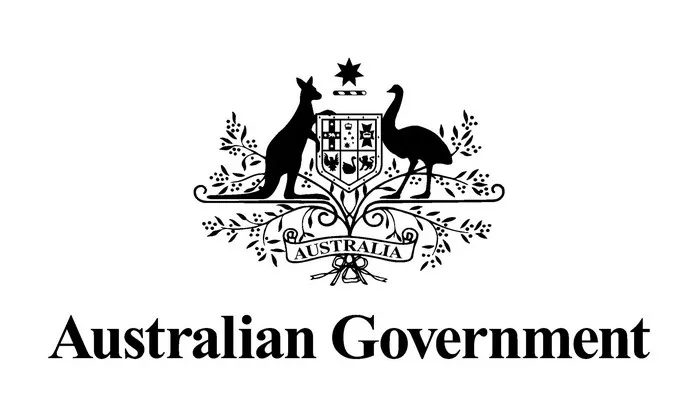Types of Multiple Visas in Australia
Visitor Visas
Subclass 600 Visitor Visa
Eligibility: To be eligible for this visa, you generally need to demonstrate strong ties to your home country, such as a stable job, property ownership, or family commitments. You also need to have sufficient funds to cover your stay in Australia. For example, if you’re a businessperson from the United States planning to attend a trade fair in Sydney, you would need to show proof of your business activities back in the US, like business registration documents and recent financial statements, as well as evidence of the funds you’ll use during your stay in Australia.
Duration and Validity: This visa can be granted for different periods. The most common are 3 – month, 6 – month, or 12 – month visas. During this time, you can enter and leave Australia as many times as you like, as long as each individual stay does not exceed the maximum allowed period. For instance, a 3 – month visa may allow you to enter Australia multiple times, but each visit should not be longer than 3 months.
Student Visas
Subclass 500 Student Visa
Eligibility: You must have been accepted into an Australian educational institution, such as a university, college, or vocational training center. You need to show proof of enrollment, like a Confirmation of Enrollment (CoE) letter from the institution. Additionally, you need to demonstrate your ability to pay for tuition fees and living expenses in Australia. This could be through bank statements showing sufficient funds or evidence of a scholarship. For example, a student from India who has been accepted into a master’s program at the University of Melbourne would need to present their CoE, along with bank statements showing they have enough money to cover the tuition and living costs for the duration of their study.
Duration and Validity: The validity of the Subclass 500 visa is usually tied to the length of your course. For a 2 – year master’s program, you would likely get a visa that is valid for around 2 years and 3 months (to allow for a bit of flexibility at the end of the course). During this time, you can travel in and out of Australia freely, which is great for students who may want to go home during holidays or travel to other countries for study – related activities.
Work Visas
Subclass 482 Temporary Skill Shortage Visa
Eligibility: T bodies in the sponsoring employer in Australia must be approved by the Australian government. The worker needs to have the relevant skills and qualifications for the job. For example, if an Australian construction company is looking for a skilled electrician from the UK, the company must first obtain the necessary sponsorship approval. The electrician would need to provide evidence of their qualifications, such as certificates from relevant tradehe UK, and work experience in the electrical field.
Duration and Validity: There are different streams within the Subclass 482 visa. The short – term stream can be valid for up to 2 years, while the medium – term stream can be valid for up to 4 years. During this time, the visa holder can enter and leave Australia multiple times for work – related purposes, such as traveling for business meetings overseas or visiting family in their home country.
Subclass 186 Employer Nomination Scheme Visa
Eligibility: The employer must nominate the worker, and the worker needs to meet certain skill and experience requirements. They also need to pass health and character checks. For example, a software engineer from Canada being nominated by an Australian tech company would need to show their educational qualifications in software engineering, relevant work experience, and pass medical examinations and police checks.
Duration and Validity: Once granted, this permanent residency visa is valid indefinitely, and the visa holder can enter and leave Australia as they please. This is beneficial for those who may need to travel for work – related projects abroad or to visit family in their home country while maintaining their Australian residency.
Benefits of Multiple Visas
Flexibility in Travel
Business – Related Advantages
Family and Social Connectivity
Application Process for Multiple Visas
Online Application
Registration: First, you need to create an ImmiAccount if you don’t already have one. This involves providing basic personal information, such as your name, email address, and creating a password.
Selecting the Visa Type: Once logged in, you select the specific visa type you want to apply for. For example, if you’re applying for a Subclass 600 Visitor Visa, you would find and select that option from the list of available visas.
Filling in the Application Form: The online application form will ask for detailed information about you, such as your personal details, travel history, and purpose of travel. You need to fill in all the fields accurately. For a business visitor applying for a Subclass 600 visa, they would need to provide details about their business, the nature of their visit to Australia, and any meetings or conferences they plan to attend.
Documentation Requirements
Identity Documents: Generally, you need to provide a copy of your passport. The passport should be valid for at least 6 months beyond the intended period of stay in Australia.
Supporting Documents: For a student visa, you need to provide a Confirmation of Enrollment (CoE) from your Australian educational institution. A work visa applicant may need to submit a nomination letter from their sponsoring employer, along with evidence of their skills and qualifications, such as certificates and work experience letters. A visitor visa applicant may need to show proof of funds, like bank statements, and evidence of ties to their home country, such as property deeds or employment contracts.
Application Fees
Processing Time
Restrictions and Conditions
Work Restrictions
Study Restrictions
Health and Character Requirements
Conclusion
Related topics:


